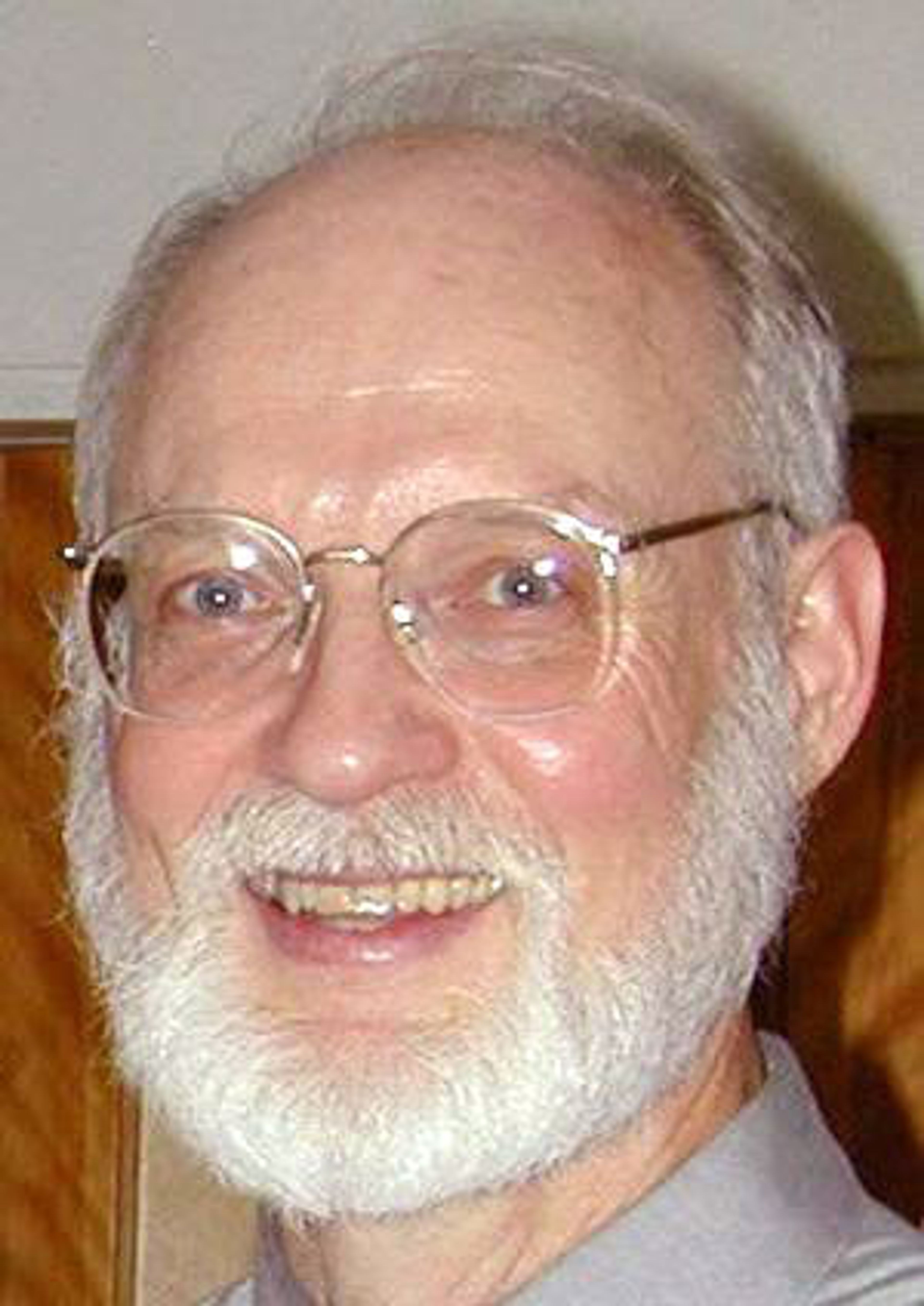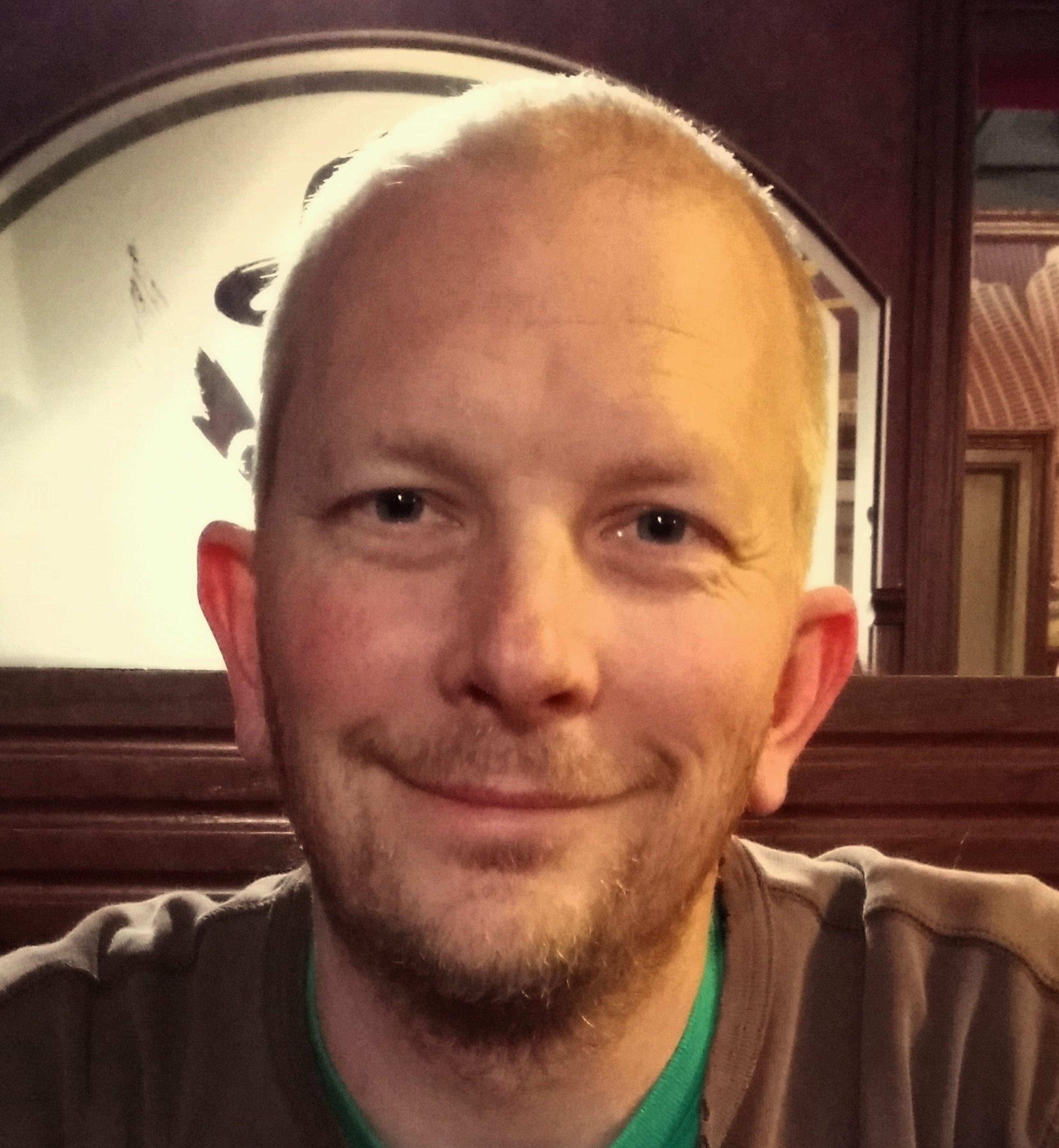Early Irish Christianity preserved indigenous beliefs far longer than other transplanted forms of the Christian faith. Irish Christians incorporated Celtic legends into their epics, and they also integrated an ancient sacred landscape.
Following an indigenous spring practice of lighting bonfires, St. Patrick celebrated Easter in the Celtic way. Honoring the local worship of the sun, he also designed the Celtic Cross with a symbol of the sun in the center. Celtic wells and springs were honored for their healing properties and they were used for baptisms. St. Patrick fasted for 40 days on a mountain sacred to the Druids.
This vibrant faith was condemned for its paganism and pantheism. Orthodox Christians pride themselves in believing that God is transcendent, completely beyond the world. They also believed, paradoxically, that God also became flesh in Christ. The clear implication, for me at least, is that all bodies and all earthly things are sacred.
The concept of a deity separate from the world presents serious logical problems. For example, how can an immutable being relate to an ever-changing world, or, how can an eternal and disembodied being come into time and flesh? The “panentheism” of “process” theology attempts to solve these problems. See bit.ly/3sLWnm3.
Just as problematic is the question: how can an impassive being have empathy for its creatures? Early Christians who believed that God suffered were condemned as heretics. The orthodox bishops insisted that only the human Jesus could feel pain or emotions.
Some argue, with good reason, that removing divinity from the world has led to its devaluation. Our Puritan fathers believed that America’s wilderness was the realm of Satan, and it had to be subdued along with the natives in it.
Puritan William Bradford described the New England countryside as a “hideous and desolate wilderness” and a “moral vacuum.” The New England Transcendentalists countered this view, but this concept still dominated the settlement of North America.
For the Druids the world wasn’t just inert matter, but that it was actually alive. Irish Catholic poet John O’Donohue writes that, with an “open heart and a real, watchful reverence, one emerges out into a landscape that is just as much if not more alive as you.”
O’Donohue continues: “Much modern psychology is full of loneliness. It has not grown naturally from the minds conversant with the eros of the earth. It lacks the rhythm and belonging of a true ecology of the heart. These places can act like a poultice to take the poison out of the heart’s wounds.”
O’Donohue tells the story about a friend who suffered from mental illness. She told him that she brought back a stone from one of her walks. When she felt ill at ease, she would meditate on the stone, and she found that “there is fierce sanity in stone.”
O’Donohue writes about his origins in the Burren region of Western Ireland. The limestone slabs there seem to have been “laid down by some wild, surrealistic kind of deity.” It was there that he first sensed an “ancient conversation between the ocean and the stone.”
I’m reminded of another Irish Catholic poet—Wendell Berry. My favorite poem is entitled The Stones: “I owned a slope full of stones/Like buried pianos they lay in the ground/shards of old sea-ledges, stumbling blocks/where the earth caught and kept them/dark, an old music mute in them/that my head keeps now I have dug them out.” Is this what the ancients called the “music of the spheres”?
One doesn’t have to be Irish to be a pantheist. Those who are awed by mountains and vast forests, and calmed by babbling brooks are unwittingly affirming the idea that God is in all things (pan+theos). The worship of trees (especially oaks) was central to the Celtic religion.
My favorite campus walk is to go to the Old Arboretum and visit the Mother Tree, a giant Sequoia planted in 1916. I stretch my arms around her as far as they can go, and I chant, not knowing anything in Celtic, a Hindu mantra to her.
I join O’Donohue, Berry, and many others in embracing the ancient religion of the Celts, and all other indigenous peoples, including the Nimiipuu on whose land I live illegally.
Gier was coordinator of religious studies at the University of Idaho from 1980 to 2003. Email him at ngier006@gmail.com.








